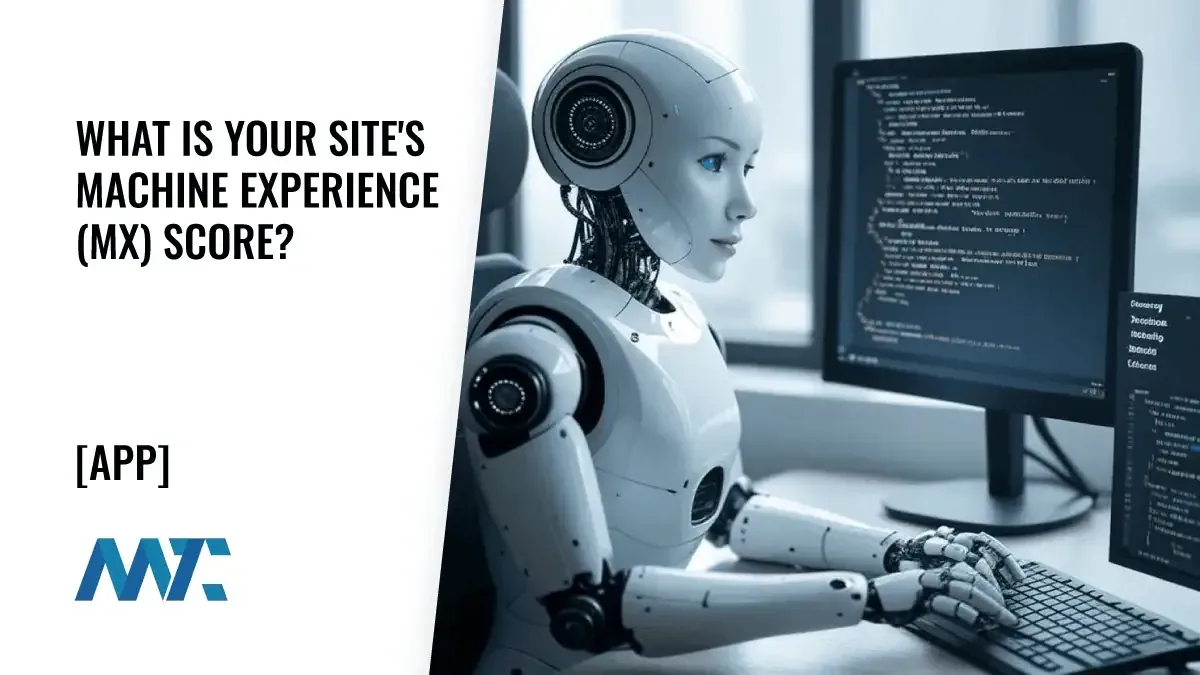The rise of large language models (LLMs) in AI is changing not just how we search for information, but how we interact with digital products altogether. Traditional web and app experiences have been built around pages and structured layouts where users must navigate menus, filters, and tabs to find what they need. But with LLMs, that paradigm is being flipped. The answer itself becomes the interface.
Welcome to the era of LLM-native UX.
From Pages to Answers
In the Google era, the web was structured around pages and links that required clicking, parsing, and interpretation. Even when search engines gave snippets, the real experience lived on external websites.
But LLMs like ChatGPT, Claude, and Perplexity collapse this step. They don’t send you to a page; they become the page, synthesizing the relevant content directly into a conversational response.
The interface isn’t navigation, it’s interaction.
What Makes UX LLM-Native?
An LLM-native user experience (UX) is not just a chatbot embedded into an app. It’s a design philosophy that embraces:
- Directness: The UI provides the answer directly, not just through links or menus.
- Personalization: Responses adapt to a user’s context, history, and preferences.
- Interactivity: Answers are not static; they evolve as the conversation deepens.
- Actionability: The LLM doesn’t just tell you what to do; it can trigger actions (e.g., booking, scheduling, generating).
Think of how Perplexity AI delivers citations inline, or how Notion AI writes directly inside your document instead of sending you elsewhere. That’s LLM-native UX in action.
Examples Across Industries
- Healthcare Apps: Instead of browsing symptom checkers or FAQ pages, users describe their condition and get tailored advice—integrated with appointment booking.
- E-Commerce: Instead of scrolling through endless product grids, shoppers ask: “Find me sustainable sneakers under $100” and get a curated, shoppable response.
- Productivity Tools: Rather than clicking through multiple dashboards, an LLM-native assistant surfaces insights: “Your sales pipeline dropped 15% this week—want me to generate an outreach campaign?”
The page is no longer the destination; the answer is.
Challenges to Solve
Designing LLM-native UX brings fresh challenges:
- Trust & Transparency: Users need citations, confidence scores, and clear boundaries.
- Latency & Flow: A 3-second delay feels longer in conversation than in page browsing.
- Guardrails: Preventing hallucinations and unsafe actions requires thoughtful UX patterns.
- Discoverability: How do you teach users what they can ask without overwhelming them?
Solving these will define the leaders of the next generation of apps.
Final Thoughts
We’re witnessing a fundamental shift from page-centric design to answer-centric design. LLM-native UX is about rethinking interfaces so that the conversation itself is the product. Businesses that embrace this shift won’t just bolt AI onto existing pages, they’ll reimaging the entire customer journey.
As AI development evolves, the most successful apps will be those where the answer is the interface.
